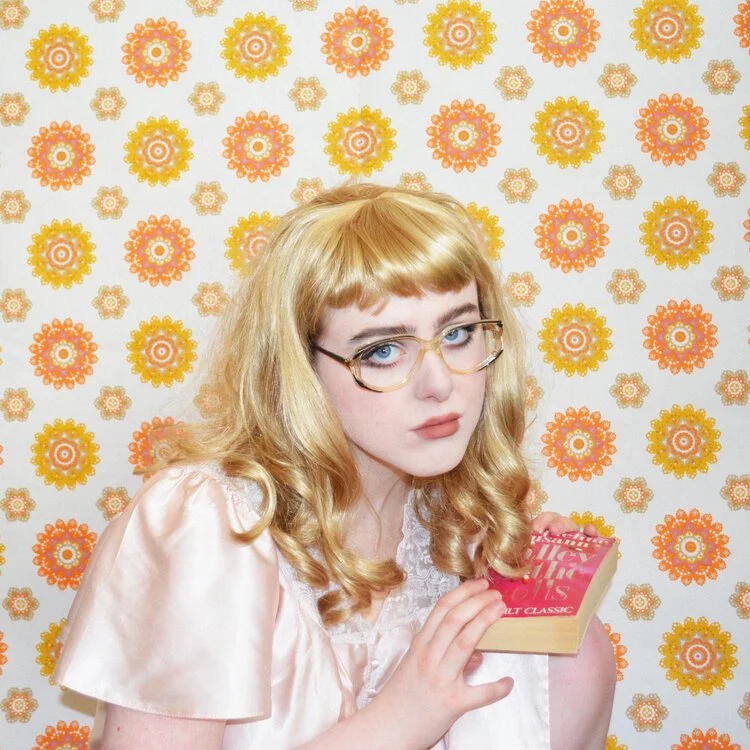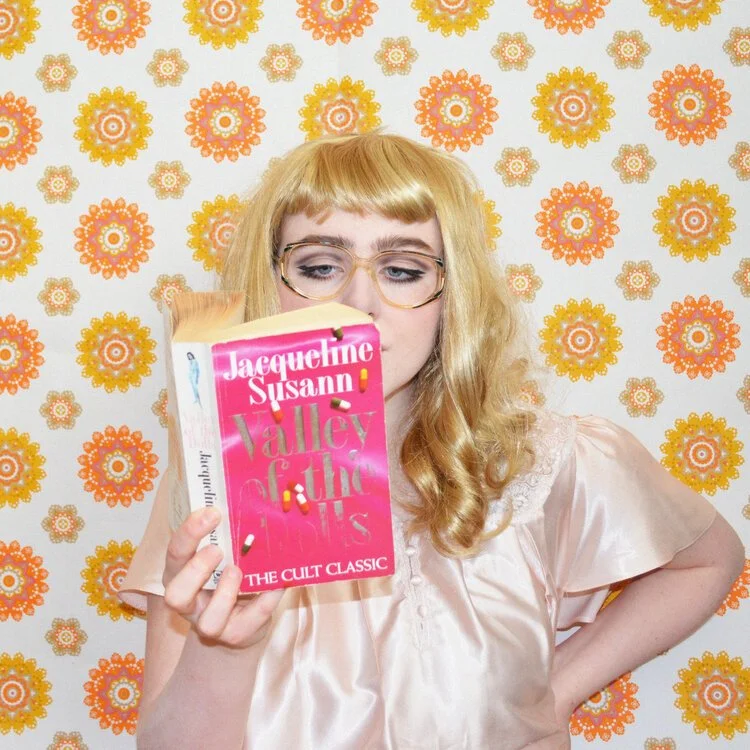Film Fatale: Valley of the Dolls
I first came across Valley of the Dolls in a Lana Del Rey infused internet haze around the age of 15. I was probably wearing smudged winged eyeliner and listening to an 8tracks playlist with an oddly specific title. Like any lonely teenage girl, I longed for escapism and for movies, music and books that I could delve into, an added bonus if it featured an unhinged female protagonist that I could identify with, even the slightest bit.
I had no idea what Valley of the Dolls entailed, but I remember being mesmerised by the film stills of Sharon Tate sitting crossed legged in a dreamy 1960’s living room, and the distressed Patty Duke reaching over for a huge bottle of pills on her bedside table. The lavish decor, flawless outfits, and the air romanticised tragedy, I need not know any more information about the plot. I was sold.
___STEADY_PAYWALL___
Valley of the Dolls was an adaptation of the extremely popular book of the same name written by Jacqueline Susann. It was the biggest selling book of 1966. The film on the other hand received a not-so-great reception when it was released in 1967. Patty Duke expressed that when the film came out her ‘career was finished’. Critic Roger Ebert famously hated it, with my personal favourite quote of his:
The scene in which Sharon Tate does her bust exercises, and most particularly the dialog at the end of that scene, should be preserved in permanent form so future historians can see that Hollywood was not only capable of vulgarity, but was also capable of the most offensive and appalling vulgarity ever thrown up by any civilisation.
For context, the dialogue at the end of that scene was ‘let them droop’. It was no coincidence that terms like ‘vulgarity’ were used in response to the film. Even today, an audience will squirm or roll their eyes at the typical ‘woman’s film’. Romcoms, period dramas, and anything with an air of melodramatic tendencies are given the lowbrow stamp of disapproval. Valley of the Dolls ticked most of the boxes when it came to a film that centred around women, for women. It was incredibly stylish and campy, and I suppose vulgar is a word they chose to describe that. Hilariously, Ebert went on to write Beyond the Valley of the Dolls, a film that was a loosely based sequel of Valley of the Dolls. He only wrote two feature films in his career, and that was one of them.
On the other hand, although the reception was harsh, I think some of the criticism was completely understandable. The music is extremely jarring, all the male characters are the equivalent of cardboard cut outs, and the dialogue could have done with a few rewrites. But despite this, the film reached cult classic status, a status which I think is deserved. It’s a fashion film with bite, a time capsule of the 1960’s soap opera. It takes the well-known tale of the rise and fall of a starlet and shows it in the way that turns the notch up on stereotypes. It looks exactly how you’d think the demise of a 60’s actress would look like: smeared makeup surrounded by glamor, screaming and crying in a million-dollar living space and intervals of ‘Breaking News!’ newspaper headlines. It’s wholly romanticised and the melodrama is cranked up (see: Neely O’Hara screaming, alone, outside the theatre), and sometimes a film needs that.
Aside from the faults, it does have its cinematic moments. Neely’s workout scene, for example, features her doing cartwheels, slowing the frame, and making it look like an outtake from a Warhol factory film. The film’s beginning which shows three female figures fading into three large, coloured pills with Anne’s voice over: ‘You stand there, waiting for the rush of exhilaration but it doesn't come. You’re alone, and the feeling of loneliness is overpowering.’ These saving moments push the film from just being a TV style movie into something much more memorable and special. There’s almost two interwoven moods: the so-bad-its-funny and the timestamp of the sombre mood that crept in as the swinging 60’s slowly faded away and the reality of American life kicked in.
The film shows that the visual spectacle of a woman’s rise and fall will never die. Celebrity culture keeps getting bigger, and Valley of the Dolls is one of the ultimate star-studded tales. Jennifer North (Sharon Tate) is consistently told, including by her own mother, that she only has a career from taking off her clothes. Neely is consumed by the drugs, or ‘dolls’, she begins taking to keep up with the pressures of her career in show business. Both women find themselves burnt out and cast aside, all shrouded in fashion, big hair, and flawless home décor. I think many of the female viewers can resonate with these pressures, even if they aren’t a popular actress.
The film was released not long after American pharma companies started handing out Valium to any housewife that questioned her surroundings. Just like the ‘dolls’, Valium has extremely addictive qualities, especially psychologically. Maybe to be one of those women during that era seeing a film that depicted a dramatized version of ‘normalised’ recreational drug use to keep up with your daily life was relatable. Maybe it was cathartic to see a woman scream and cry after everything crashed around her. The book was a bestseller, after all.
In a tragic turn of events, the pregnant Sharon Tate was murdered by the Manson family cult just 2 years after Valley of the Dolls was released, along with Jay Sebring, Wojciech Frykowski, and Abigail Folger. The horrific murders resulted in Tate becoming a face of tragedy and marking an end point of the 1960’s. Seeing Tate play Jennifer in Valley of the Dolls has a sadness. It is hard not to try to make a real-life connection between the actress and the character, as they were both dealt an unfortunate fate. If Valley of the Dolls was not already being brought into cult status, Tate’s story was the ultimatum.
After I watched the film as a teen, I instantly ordered a used copy of the book from eBay. The cover was a glossy, deep pink with colourful pills scattered around the bold font. The pages were tinted yellow, and it smelt like it spent some time in someone’s attic. Unsurprisingly, I never finished reading it. But I did start backcombing the back of my hair and parting the front, as well as spending a great deal of time in the mornings applying eyeliner in the middle of my eyelids (which I was then told to take off as soon as a passed through the school gates by my teachers). Dramatic, questionable writing and romanticised tragedies, but the influence of Valley of the Dolls will continue to trickle down decades to come, I’m sure.
Words and Imagery: Charlotte Amy Landrum


